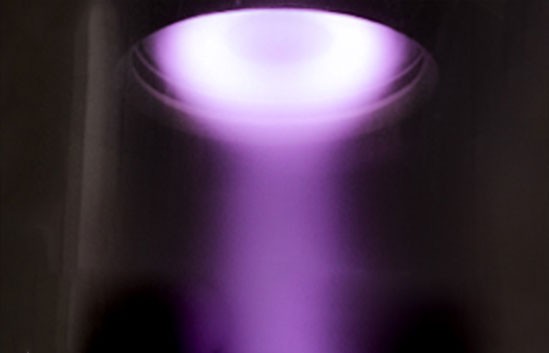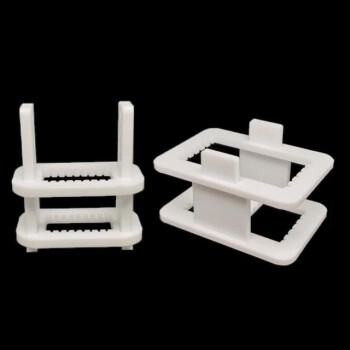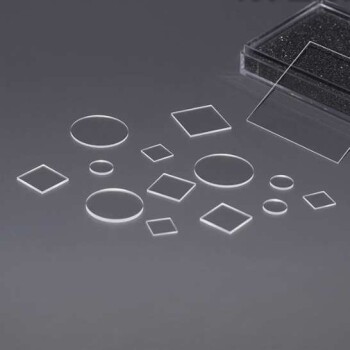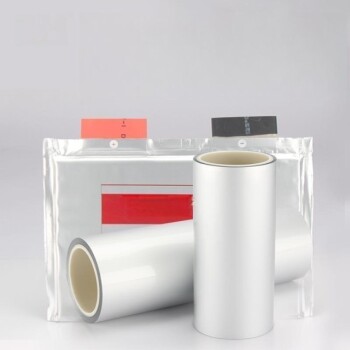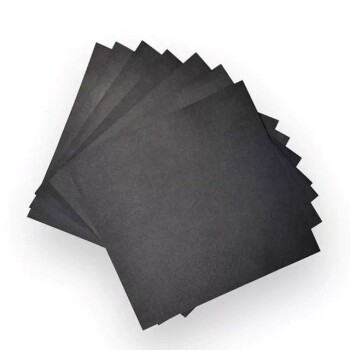Introduction to Flexible Substrate Coating
Importance of Flexible Substrates
Flexible substrates are becoming increasingly pivotal in the realm of technology, necessitating the development and application of specialized coating techniques. These substrates, which include materials like polyvinyl alcohol (PVA), polyethylene terephthalate (PET), polyimide (PI), polyethylene naphthalate (PEN), paper sheets, and textile materials, offer unique advantages that rigid substrates cannot match. Their ability to bend, stretch, and conform to various shapes makes them indispensable in applications ranging from flexible electronics to wearable devices and even in the medical field.
The demand for flexible substrates is driven by the need for devices that are not only functional but also adaptable to different environments and use cases. For instance, in the electronics industry, flexible substrates allow for the creation of bendable screens and conformable sensors, which can significantly enhance user experience and device durability. In the medical sector, flexible substrates enable the development of bio-compatible implants and wearable health monitors that can be comfortably worn for extended periods.
To meet these demands, advanced coating techniques have been developed to ensure that these flexible materials can be effectively coated without compromising their inherent properties. These techniques include precise control over coating thickness, maintaining a consistent vacuum environment, and ensuring proper curing times and temperatures. Each of these factors plays a crucial role in achieving a high-quality, durable coating that can withstand the stresses and strains associated with flexible applications.
In summary, the importance of flexible substrates in modern technology cannot be overstated. Their unique properties and the specialized coating techniques required to work with them are key to unlocking new possibilities in various industries, driving innovation and enhancing the performance of a wide range of products.
Common Flexible Materials
Flexible substrates are pivotal in various technological applications, necessitating specialized coating techniques to ensure optimal performance. Among the myriad of materials used, Polyvinyl Alcohol (PVA), Polyethylene Terephthalate (PET), Polyimide (PI), Polyethylene Naphthalate (PEN), paper sheets, and textile materials stand out as the most commonly employed. These materials exhibit unique properties that make them suitable for different applications within the realm of flexible electronics and other industries.
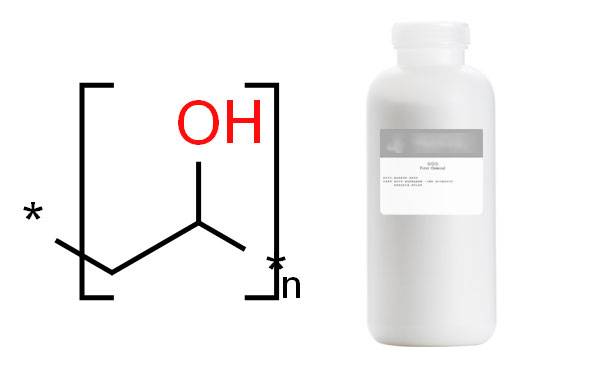
For instance, PVA is renowned for its excellent film-forming properties and high tensile strength, making it ideal for applications requiring thin, strong films. PET is known for its exceptional durability and transparency, which are crucial for displays and packaging materials. PI, on the other hand, offers superior thermal stability and mechanical strength, making it a preferred choice for high-performance applications like flexible circuits and solar cells.
PEN combines the benefits of both PET and PI, providing a balance of mechanical strength, thermal stability, and optical clarity. Paper sheets, despite their inherent fragility, are used in specific applications where biodegradability and cost-effectiveness are prioritized. Textile materials, such as woven and non-woven fabrics, are increasingly being used in wearable electronics due to their flexibility and comfort.
Each of these materials presents its own set of challenges and opportunities during the evaporative coating process. Understanding their individual characteristics is essential for selecting the right material and optimizing the coating parameters to achieve the desired results.
Key Considerations in Evaporative Coating
Surface Preparation
Proper surface preparation is a critical step in ensuring the success of evaporative coating on flexible substrates. Before any coating process begins, it is essential to meticulously clean the substrate to achieve a smooth, impurity-free surface. This initial step is crucial as it directly impacts the adhesion, uniformity, and overall quality of the final coating.
Importance of Surface Cleaning
- Adhesion Enhancement: A clean surface ensures better adhesion of the coating material, preventing issues such as peeling or delamination.
- Uniform Coating: Impurities can cause uneven coating, which may lead to performance inconsistencies and potential failure under stress.
- Quality Assurance: A thorough cleaning process guarantees a higher quality finish, meeting industry standards and enhancing the product's durability.
Steps in Surface Preparation
| Step | Description |
|---|---|
| Inspection | Examine the substrate for any visible defects or contaminants. |
| Cleaning | Use appropriate solvents or cleaning agents to remove oils, dust, and other contaminants. |
| Rinsing | Rinse the substrate thoroughly to remove any residual cleaning agents. |
| Drying | Ensure the substrate is completely dry to prevent any moisture from interfering with the coating process. |
By following these steps, manufacturers can ensure that their flexible substrates are ready for the evaporative coating process, leading to superior product quality and performance.
Vacuum Maintenance
Maintaining a vacuum is essential for achieving uniform and high-quality coating on flexible substrates. This process involves not only ensuring the proper functioning of the vacuum pump but also regular maintenance to prevent potential failures and ensure the accuracy of the coating process.
Regular maintenance of the vacuum pump includes checking and changing the oil periodically. Vacuum pumps that use oil require meticulous attention to oil levels and quality. Dirty or low oil levels can lead to pump damage and malfunction, which can significantly impact the coating process. It is advisable to consult the user manual for the recommended oil type and change frequency to ensure optimal performance.
In addition to oil maintenance, cleaning the pump components is crucial. Dust, dirt, and debris can accumulate inside the pump, reducing its efficiency and potentially causing long-term damage. Regularly clean the pump head, motor, and inlet and outlet ports using a soft brush or cloth to maintain peak performance.
For specific types of pumps, such as roughing pumps, additional maintenance steps are necessary. These include checking pulleys and belts for proper tightness, draining the exhaust line filter daily, and ensuring proper ventilation. Additionally, cleaning the oil reservoir, valve deck, and solenoid valve every six months can prevent contamination and extend the pump's lifespan.
By adhering to these maintenance practices, you can ensure that the vacuum system operates efficiently, leading to consistent and high-quality coating results on flexible substrates.
Thickness Control
Thickness control is a critical aspect of evaporative coating on flexible substrates, directly influencing the final product's integrity and performance. The thickness of the coating must be meticulously managed to prevent issues such as cracking or peeling, which can compromise the durability and functionality of the coated material.
Factors Influencing Thickness Control
Several factors play a crucial role in ensuring optimal coating thickness:
- Material Properties: The type of flexible substrate and the coating material itself dictate the ideal thickness range. For instance, materials like Polyvinyl Alcohol (PVA) and Polyethylene Terephthalate (PET) require different thicknesses to achieve the desired results.
- Application Technique: The method of application, whether through sputtering, evaporation, or another technique, significantly impacts the thickness. Each method has its own set of parameters that need to be fine-tuned.
- Environmental Conditions: The environmental conditions during the coating process, such as temperature and humidity, can affect the thickness and uniformity of the coating.
Tools and Methods for Thickness Measurement
Accurate measurement of coating thickness is essential for effective control. Common tools and methods include:
- Profilometers: These devices measure the vertical dimension of the coating, providing precise thickness data.
- Spectrophotometers: These instruments analyze the light reflected from the coating to determine its thickness.
- Microscopes: High-resolution microscopes can visually inspect the coating for uniformity and identify any anomalies.
By carefully monitoring and adjusting these factors, manufacturers can ensure that the coating thickness is within the optimal range, thereby enhancing the overall quality and performance of the flexible substrates.
Flexibility and Durability
Ensuring the coating can withstand bending and stretching without damage is crucial for the performance and longevity of flexible substrates. The ability of the coating to maintain its integrity under mechanical stress is a critical factor in the overall durability of the final product. This requires a careful balance between the coating's material properties and the mechanical properties of the substrate.
For instance, the coating must be able to flex and stretch in tandem with the substrate, without cracking or peeling off. This necessitates the use of materials that exhibit high elasticity and tensile strength. Additionally, the adhesion between the coating and the substrate plays a pivotal role. A strong bond ensures that the coating remains intact even under repeated bending and stretching cycles.
To achieve this, advanced techniques such as controlled curing processes and the use of flexible resins are employed. These methods help in enhancing the coating's ability to conform to the substrate's movements, thereby ensuring its durability over time. The selection of appropriate materials and the application of precise coating techniques are essential to meet these stringent requirements.
In summary, the flexibility and durability of the coating are not just about withstanding mechanical stress; they are about ensuring the long-term performance and reliability of the flexible substrate in various applications.
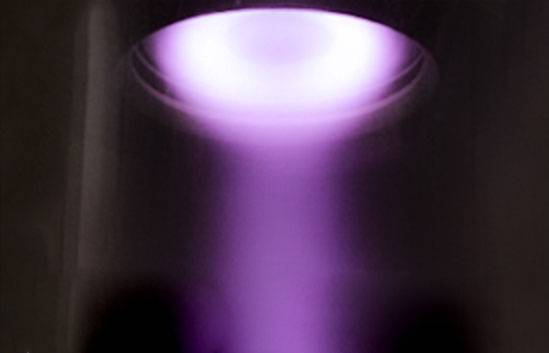
Curing Time and Temperature
Controlling the curing time and temperature is crucial for achieving optimal mechanical properties and ensuring full curing of the evaporative coating on flexible substrates. The curing process involves a delicate balance between time and heat, which can significantly impact the final quality of the coating.
Factors Influencing Curing
Several factors must be considered to achieve the desired curing outcomes:
- Temperature Control: Maintaining the correct temperature is essential. Too high a temperature can lead to degradation of the coating material, while too low a temperature may result in incomplete curing.
- Curing Time: The duration of the curing process should be carefully monitored. Insufficient time can leave the coating in a semi-cured state, compromising its durability and flexibility.
- Material Sensitivity: Different flexible substrates and coating materials have varying sensitivities to heat. Understanding these sensitivities helps in setting appropriate curing parameters.
Impact on Mechanical Properties
Proper curing ensures that the coating adheres well to the substrate and exhibits the desired mechanical properties:
- Tensile Strength: Full curing enhances the coating's ability to withstand stretching and bending without cracking.
- Adhesion: Good curing promotes strong adhesion between the coating and the substrate, preventing issues like peeling or delamination.
- Durability: Properly cured coatings are more resistant to environmental factors such as moisture, UV light, and chemical exposure.
Practical Considerations
In practical applications, the following strategies can help in achieving effective curing:
- Automated Systems: Utilizing automated systems for temperature and time control can reduce human error and ensure consistent results.
- Quality Monitoring: Regular quality checks during the curing process can help in identifying and rectifying any issues early on.
- Material Testing: Preliminary testing of different curing parameters on sample materials can provide valuable insights and help in optimizing the process.
By carefully managing curing time and temperature, manufacturers can ensure that their evaporative coatings on flexible substrates meet the required standards for quality and performance.
Uniformity and Adhesion
Achieving uniformity in coating distribution and ensuring robust adhesion are critical steps in the evaporative coating process on flexible substrates. Uniformity ensures that the coating is applied evenly across the entire surface, which is essential for maintaining consistent performance and appearance. Any inconsistencies can lead to areas of the substrate being inadequately protected or decorated, potentially compromising the overall quality of the finished product.
Good adhesion is equally vital, as it prevents the coating from peeling or separating from the substrate under various conditions. Factors influencing adhesion include the cleanliness of the substrate surface, the specific materials used, and the curing process. For instance, a clean, impurity-free surface enhances the bonding between the coating and the substrate, while proper curing ensures that the coating adheres firmly without delamination.
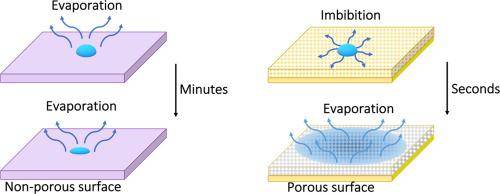
To achieve optimal uniformity and adhesion, several techniques and considerations must be carefully managed. These include:
- Surface Preparation: Cleaning the substrate thoroughly to remove any contaminants that could interfere with the coating process.
- Vacuum Maintenance: Ensuring a consistent vacuum environment to facilitate uniform deposition of the coating material.
- Thickness Control: Monitoring and adjusting the thickness of the coating to prevent issues such as cracking or peeling.
- Curing Process: Managing the curing time and temperature to ensure the coating bonds effectively with the substrate.
By addressing these factors, manufacturers can significantly enhance the durability and functionality of evaporative coatings on flexible substrates, ensuring they meet the high standards required in various technological applications.
Operating Techniques
Mastering the correct techniques for successful evaporative coating on flexible substrates requires both professional training and extensive practice. This is not a skill that can be acquired overnight; it involves a deep understanding of the intricate processes involved in the coating application.
Professional Training
Professional training is crucial as it equips operators with the foundational knowledge needed to handle the sophisticated equipment and materials involved. This training typically includes:
- Theoretical Instruction: Understanding the principles of vacuum maintenance, surface preparation, and thickness control.
- Hands-on Practice: Gaining practical experience in setting up the equipment, controlling variables, and troubleshooting common issues.
Practical Experience
Beyond theoretical knowledge, practical experience is indispensable. Operators must spend significant time in real-world scenarios to develop the muscle memory and intuition required for precise control. This practice involves:
- Controlled Environments: Working in controlled environments to minimize variables and focus on technique refinement.
- Iterative Learning: Repeatedly applying and adjusting techniques based on feedback and outcomes.
Key Techniques to Master
Several specific techniques are essential for successful coating:
- Vacuum Control: Ensuring the vacuum environment is stable and consistent to achieve uniform coating.
- Thickness Monitoring: Regularly checking and adjusting the coating thickness to prevent defects.
- Surface Handling: Gently and precisely handling the flexible substrate to avoid damage.
By combining professional training with hands-on practice, operators can develop the skills necessary to apply high-quality evaporative coatings on flexible substrates.
Related Products
- Inclined Rotary Plasma Enhanced Chemical Vapor Deposition PECVD Equipment Tube Furnace Machine
- Evaporation Boat for Organic Matter
- Electron Beam Evaporation Coating Oxygen-Free Copper Crucible and Evaporation Boat
- Electron Beam Evaporation Coating Tungsten Crucible and Molybdenum Crucible for High Temperature Applications
- Evaporation Crucible for Organic Matter
